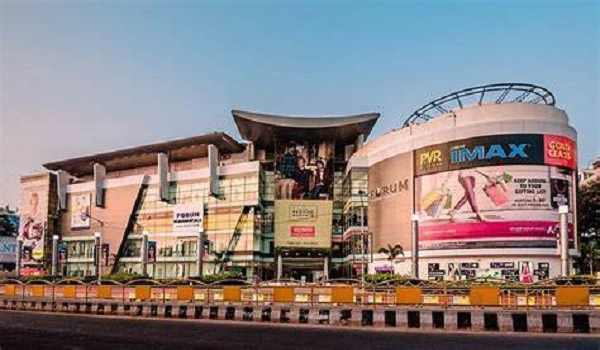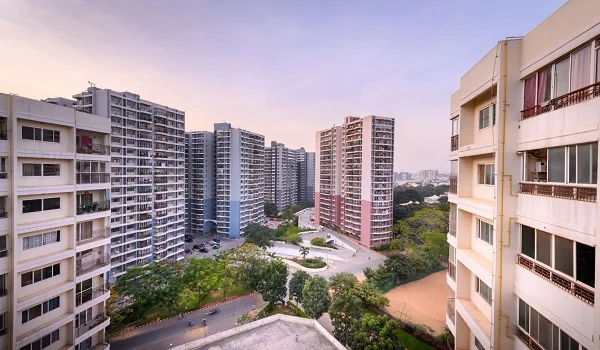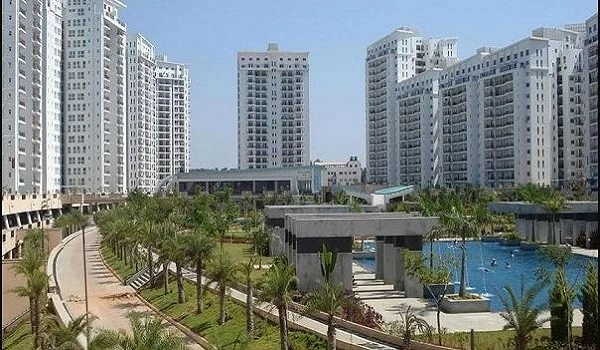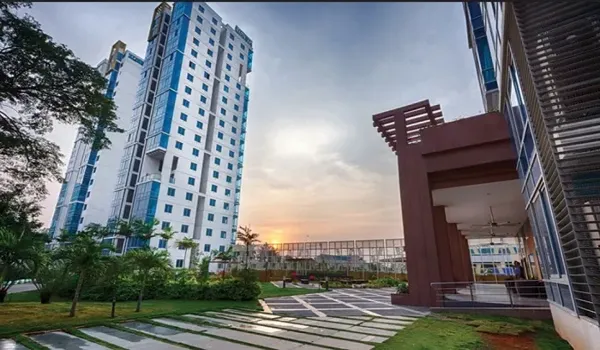BLR Airport's Historic Growth: Annual Passenger & Cargo Traffic

BLR Airport's growth story is the rise of Kempegowda International Airport, Bengaluru, from a new greenfield hub in 2008 to India's third-busiest airport, tracked year by year through passenger counts and cargo tonnage. In plain terms, this guide explains how many people travel through Bengaluru each year, how much freight moves through its cargo system, what changed with the second runway and Terminal 2, and why the numbers keep climbing. If you follow aviation, invest in Bengaluru, or simply travel often, these trends show where the city stands now and what comes next. For homebuyers in East Bengaluru, including emerging townships like Prestige Evergreen in Varthur, stronger flight schedules and smoother processing translate into easier airport runs for frequent flyers.
FY 2024–25 closed with a new high for BLR. The airport handled 41.88 million passengers, up 11.6 percent year on year. Domestic traffic reached 36.05 million and international passengers rose to 5.83 million, reflecting a strong rebound in overseas travel. Cargo crossed the half-million mark for the first time, at 502,480 metric tonnes for the year. These figures confirm BLR's position among India's busiest hubs.
BLR opened on May 24, 2008, starting a fresh chapter for the city's air travel demand. Through the 2010s it rode the tech-led boom and ended calendar year 2019 at 33.65 million passengers. The pandemic hit volumes in FY 2021, but recovery was swift. The airport served 31.91 million passengers in FY 2022–23 and 37.53 million in FY 2023–24 before breaking past 41 million in FY 2024–25.
Parallel Runways: Smoother Peaks, More Slots
The new south parallel runway opened in December 2019, and with the north runway upgrade in March 2021, BLR began true parallel operations. Two active runways reduce delays, unlock peak-hour slots, and improve on-time performance.
Terminal 2: Garden Terminal, Bigger Throughput
The first phase of Terminal 2 (T2) was inaugurated in late 2022, started domestic operations on January 15, 2023, and took all international flights from September 12, 2023. T2 added large gate capacity and smoother flows, which helped airlines expand schedules across 2023–24 and 2024–25.
The year before the FY 2024–25 surge, BLR already posted 37.53 million passengers and 439,524 MT of cargo. Domestic was 32.86 million and international 4.67 million in FY 2023–24. This strong base, along with T2's ramp-up, set the stage for the next year's record.
Cargo has become a growth engine. In FY 2024–25, throughput rose to 502,480 MT, up about 14 percent year on year. International freight drove much of the gain, supported by demand in perishables, garments, pharma, and machinery parts.
In February 2025, BLR and Menzies Aviation opened India's largest greenfield Domestic Cargo Terminal (DCT) by designed capacity. Spread over 7 acres with a built-up area of about 245,000 sq ft, the DCT has a peak capacity of ~360,000 MT, scalable to 400,000 MT, with 42 truck docks, 400+ cargo bins, integrated X-ray conveyors, and 30 ULD stations. The design improves speed and reliability for domestic feed into international departures.
In FY 2023–24, BLR connected travellers to 108 destinations including 80 domestic and 28 international routes. By the end of calendar 2024, the live network stood at 75 domestic and 30 international destinations, reflecting new long-haul and regional links added that year. More destinations make the airport more attractive to both passengers and shippers, which in turn supports higher load factors and capacity.
- A deep local market. Bengaluru's tech, start-up, biotech, and manufacturing base supports steady domestic demand and premium international travel.
- Airside and terminal capacity. Two runways and T2's gate bank reduce bottlenecks and allow airlines to time flights better.
- Airline strategy. New routes across India and overseas increased seat supply and belly-hold cargo space, helping both sides of the business grow.
(These drivers are reflected in the year-end result: 41.88 million passengers and 502,480 MT cargo in FY 2024–25.)
- 2008: BLR opens at Devanahalli as Bengaluru's new international airport.
- Dec 2019: New south runway goes live.
- Jan 2023: T2 begins domestic operations.
- Sep 2023: All international operations move to T2.
- FY 2023–24: Highest fiscal totals at the time, 37.53 million passengers and 439,524 MT cargo.
- FY 2024–25: New records at 41.88 million passengers and 502,480 MT cargo.
Credit agency ICRA expects BLR's passenger traffic to rise another 10 to 11 percent in FY 2025–26, reaching 46 to 47 million. Industry-wide, India's airports are projected to see steady growth, even as monthly momentum can vary with global events and airline capacity. BLR's capex pipeline and the new DCT suggest cargo can keep expanding as e-commerce and exports scale up in South India.
For travellers, growth shows up as more nonstop options, shorter queues, and better on-time performance thanks to parallel runways and T2's capacity. For shippers, it means denser schedules, larger wide-bodies, and faster domestic feed through the DCT. Put simply, more capacity attracts more demand, which funds better facilities, which brings even more capacity. The cycle is working in Bengaluru's favor.
- FY 2022–23: 31.91 million passengers.
- FY 2023–24: 37.53 million passengers, 439,524 MT cargo.
- FY 2024–25: 41.88 million passengers, 502,480 MT cargo.
Prestige Evergreen Blog
| Enquiry |








